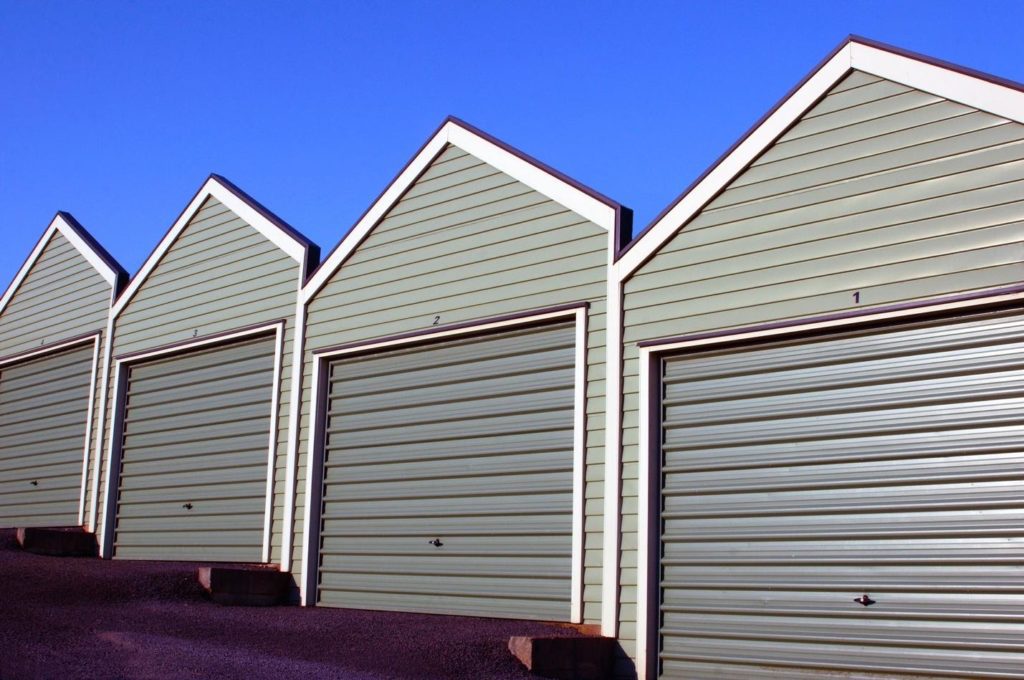If you’re in the market for a high quality, designer steel shed, then you’re probably expecting to make a reasonably hefty investment. The better the quality of the materials that are used to make the shed, and the better the design, the longer it’s going to last.
But the longevity of your shed doesn’t only depend on how it’s designed and made. There are also a host of on-site factors that can have a significant impact. Here’s what you need to know about where to put your shed to get the most out of it according to Professional Choice Sheds.
Gradients and Slopes
It is possible to install a shed on a steep slope or gradient. But it’s likely to cost more to build a sturdy concrete foundation for it. If you don’t do this, or it’s not done properly, there could be a lot of strain on the shed, which may cause structural damage over time.
Slopes and gradients also aren’t ideal, because they make it harder to access the shed on foot or by vehicle. So, while you can work around slopes if you absolutely have to, it’s better to choose a place that’s as level as possible.
Council Setbacks and Regulations
Just because you own a piece of land doesn’t mean you can build on all of it. Most municipalities and councils have regulations about building setbacks. This means there is a strip of land around the edge of any property that you’re not allowed to build on.
In some cases, you can apply for an exception or variance, but that costs a lot of money, takes a lot of time, and isn’t guaranteed. It’s far better to work within the regulated setbacks when positioning your shed.

Access Issues
If your shed is going to have a door for vehicle access, you will need to take the turning circles of all the vehicles that will be using it into account. You’ll also need to take the direction of swing of the doors, and make sure there are no slopes that might catch them outside of the shed.
Consider other site features like trees, plants, and walls as well. If there is anything in the way of your shed’s doors, windows, or openings, it will limit the usability of the space.
Aesthetics
You might love the way your new shed looks, but will your neighbors? If your shed blocks their view, or they stare into a giant expanse of nothingness, they might not be too impressed. Consider what everyone will see when the shed is in place, and if you can, discuss the placement with them, and show them plans or diagrams, so they know what to expect.
That having been said, a well-placed decorative screen, fence or hedge can take the edge off the view of your shed, if they prefer.
Existing Services
We’d all love to choose the perfect spot for a new shed, look at everything above ground, and then go ahead and install it. But sometimes, there are things under the ground that you need to consider too.
Existing services, plumbing and water access points, certain types of electrical or telecommunications equipment can derail your shed installation dreams! Take some time to look for visible services like manholes or water meters and consider doing a little investigating to make sure there’s nothing important under the ground in that area.
Soil Density
Man made things under the ground aren’t the only things soil related that might cause trouble for your shed building project. Soil density is a term that relates to how compact and strong the soil on any construction site is, and how much weight it can carry. The type of soil, underground water and many other things can have an impact on this.
If the soil in your chosen shed spot is too loose or soft, it might not be able to support the weight of the foundation and structure. Most urban properties will have fairly dense soil, but if there’s any doubt, you might want to consult a professional. There are options like imported fill material and compaction that can fix soil density problems.

Shed Direction
The direction your shed, and in particular any windows and openings face can have a big effect on the usability of the space. If your shed gets a lot of hot afternoon sun, it might be quite hot to be in during some parts of the day. So, consider where the sun comes up and sets, and be sure to factor that into your shed building plans.
Plants and Trees
The last thing on our list of things to consider when choosing a site for your shed is the vegetation in the area. Or, more importantly, their roots.
Overgrown vegetation can be cut back fairly easily, so even if you have a small urban jungle, that’s not such a problem. But some plants and trees have extensive root systems that can actually cause trouble by growing into and through foundations over time. If you do have any of these kinds of plants or trees near your chosen site, you might have to choose another one. Trees and plants that have problem roots can be removed, but it is a very big job, and can contribute to the cost of the job.
A great, designer, purpose-built shed can add lots of usable space to your home and add a lot of value to your property. They’re fantastic for storage, as garages for vehicles, craft spaces, art studios and more. They can house animals, be used as business space, or just store your garden supplies out of site.
But even the best designed shed is only as useful as the location it’s built on. So, before you even start designing that dream shed, take careful stock of the features of your site, speak to the professionals, and make sure you get maximum bang for your buck. Because a well planned shed really is a thing of beauty!






